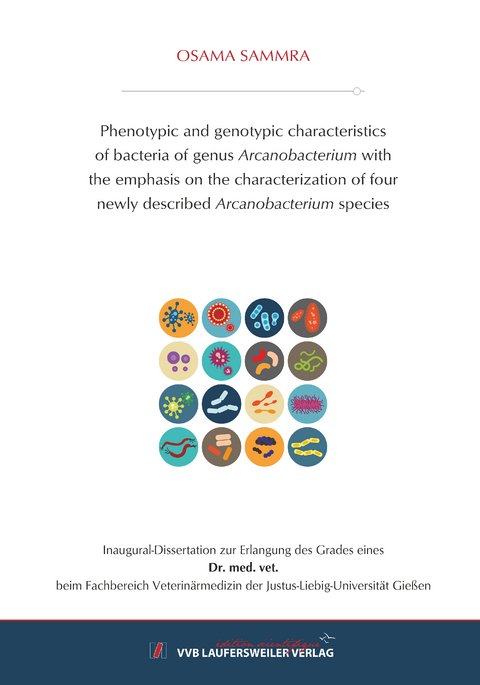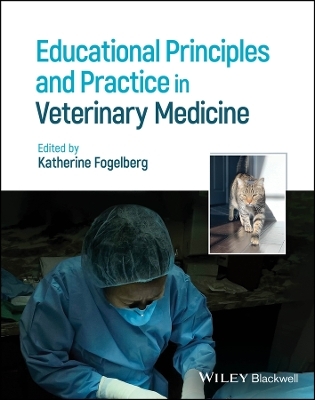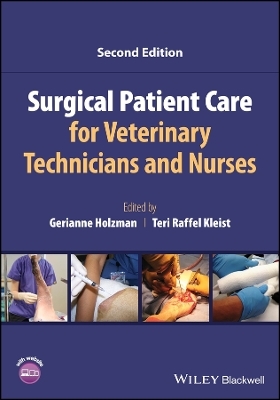
Phenotypic and genotypic characteristics of bacteria of genus Arcanobacterium with the emphasis on the characterization of four newly described Arcanobacterium species
Seiten
2018
VVB Laufersweiler Verlag
978-3-8359-6709-0 (ISBN)
VVB Laufersweiler Verlag
978-3-8359-6709-0 (ISBN)
- Keine Verlagsinformationen verfügbar
- Artikel merken
In the present study seven A. haemolyticum strains isolated from a donkey and human patients, 15 A. pluranimalium strains from ovine, bovine and giraffe origin and from a muskox and 12 strains from miscellaneous origins representing the four novel species A. canis, A. phocisimile, A. pinnipediorum and A. wilhelmae together with reference strains of the hitherto described nine species of genera Arcanobacterium and Trueperella were investigated.
The four novel species of genus Arcanobacterium, namely A. canis, A. phocisimile, A. pinnipediorum and A. wilhelmae, newly described in the present study, were isolated from a dog, from harbor seals and from a rhinoceros, respectively and were characterized based on a polyphasic taxonomic approach. This included a comparative 16S rRNA gene phylogenetic tree analysis, DNA-DNA hybridization, determination of DNA-based ratio and chemotaxonomical investigations by fatty acid, menaquinone and polar lipid composition analysis.
All 34 strains investigated in the present study, representing six different species of genus Arcanobacterium, were characterized phenotypically by traditional microbiological methods including morphological, physiological and biochemical properties and by MALDI-TOF MS analysis. A molecular DNA-based investigation was performed by 16S rDNA sequence analysis, by sequencing 16S-23S rDNA intergenic space region (ISR), 23S rDNA and the genes encoding the B-subunit of bacterial RNA polymerase (rpoB), glyceraldehyde 3-phosphate dehydrogenase (gap) and elongation factor tu (tuf).
The additionally performed PCR-mediated amplification of seven genes encoding the potential virulence factors aranolysin, phospholipase D, hemolysin A, CAMP factor family protein, collagen binding protein, neuraminidase A and neuraminidase H of the A. haemolyticum investigated in the present study allowed an individual strain characterization. Moreover, A. pluranimalium could additionally be characterized by the species-specific and newly described gene pla encoding pluranimaliumlysin. This might help to clarify the pathogenic role such putative virulence factors play in infections caused by these bacterial species.
A. haemolyticum is well known for its disease-causing role in humans, rarely in animals. However, A. pluranimalium, A. canis, A. phocisimile, A. pinnipediorum and A. wilhelmae were isolated in the present study as mixed culture with several other pathogenic and non-pathogenic bacteria indicating that the pathogenic importance of these species needs to be elucidated.
The four novel species of genus Arcanobacterium, namely A. canis, A. phocisimile, A. pinnipediorum and A. wilhelmae, newly described in the present study, were isolated from a dog, from harbor seals and from a rhinoceros, respectively and were characterized based on a polyphasic taxonomic approach. This included a comparative 16S rRNA gene phylogenetic tree analysis, DNA-DNA hybridization, determination of DNA-based ratio and chemotaxonomical investigations by fatty acid, menaquinone and polar lipid composition analysis.
All 34 strains investigated in the present study, representing six different species of genus Arcanobacterium, were characterized phenotypically by traditional microbiological methods including morphological, physiological and biochemical properties and by MALDI-TOF MS analysis. A molecular DNA-based investigation was performed by 16S rDNA sequence analysis, by sequencing 16S-23S rDNA intergenic space region (ISR), 23S rDNA and the genes encoding the B-subunit of bacterial RNA polymerase (rpoB), glyceraldehyde 3-phosphate dehydrogenase (gap) and elongation factor tu (tuf).
The additionally performed PCR-mediated amplification of seven genes encoding the potential virulence factors aranolysin, phospholipase D, hemolysin A, CAMP factor family protein, collagen binding protein, neuraminidase A and neuraminidase H of the A. haemolyticum investigated in the present study allowed an individual strain characterization. Moreover, A. pluranimalium could additionally be characterized by the species-specific and newly described gene pla encoding pluranimaliumlysin. This might help to clarify the pathogenic role such putative virulence factors play in infections caused by these bacterial species.
A. haemolyticum is well known for its disease-causing role in humans, rarely in animals. However, A. pluranimalium, A. canis, A. phocisimile, A. pinnipediorum and A. wilhelmae were isolated in the present study as mixed culture with several other pathogenic and non-pathogenic bacteria indicating that the pathogenic importance of these species needs to be elucidated.
| Erscheinungsdatum | 02.08.2018 |
|---|---|
| Reihe/Serie | Edition Scientifique |
| Sprache | englisch |
| Maße | 146 x 210 mm |
| Gewicht | 331 g |
| Themenwelt | Veterinärmedizin |
| Schlagworte | Doktorarbeit • Uni • Wissenschaft |
| ISBN-10 | 3-8359-6709-6 / 3835967096 |
| ISBN-13 | 978-3-8359-6709-0 / 9783835967090 |
| Zustand | Neuware |
| Informationen gemäß Produktsicherheitsverordnung (GPSR) | |
| Haben Sie eine Frage zum Produkt? |
Mehr entdecken
aus dem Bereich
aus dem Bereich
A Practical Guide
Buch | Hardcover (2024)
Wiley-Blackwell (Verlag)
145,95 €
Buch | Hardcover (2024)
Wiley-Blackwell (Verlag)
124,55 €
Buch | Softcover (2024)
Wiley-Blackwell (Verlag)
95,12 €


